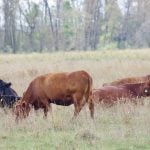
Tag Archives Soil
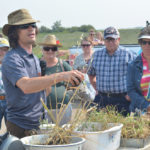
Soils are not made equally when it comes to soaking up moisture
Mitchell Timmerman’s rainfall simulation emphasized the role of perennial forages in increasing infiltration during the August 30 Manitoba Beef and Forage Initiatives Brookdale site tour

Farmers’ focus must shift from yields to soil health
But looking after the land doesn’t have to result in a ‘yield penalty’
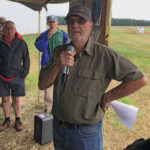
Degraded soils cost farmers billions annually
Yet soil care remains a low priority for policy-makers as well as farmers

Canada’s soils still degrading, albeit more slowly

Clubroot ‘heavily’ infests NW Saskatchewan field

VIDEO: Getting down to your roots
Crop Diagnostic School offered a cutaway view of how crop roots move through soil

4-H’ers dig into soil health policy and education
Soil health was a repeat topic as 4-H members from around the world turned their attention to sustainable agriculture and food security
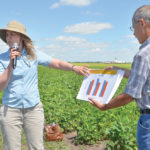
To till or not to till? For soybeans that’s the question
The Westman Agricultural Diversification Organization is testing out planting dates and pre-seed tillage systems in its latest round of soybean experiments
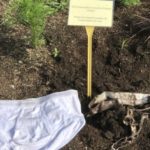
It’s time for Canadians to dig up their undies
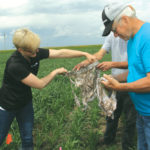
Holey underwear shows soil health
After two months in a zero-till field, this underwear was well on its way to being one with the earth
What a difference two months can make on the weather and tighty-whities buried in the soil. There wasn’t a lot left of the cotton underwear Marla Riekman buried in local farmer Doug Wilton’s zero-till field April 18, when she retrieved it June 29. “We can obviously see a lot of breakdown,” said Riekman, Manitoba Agriculture’s

